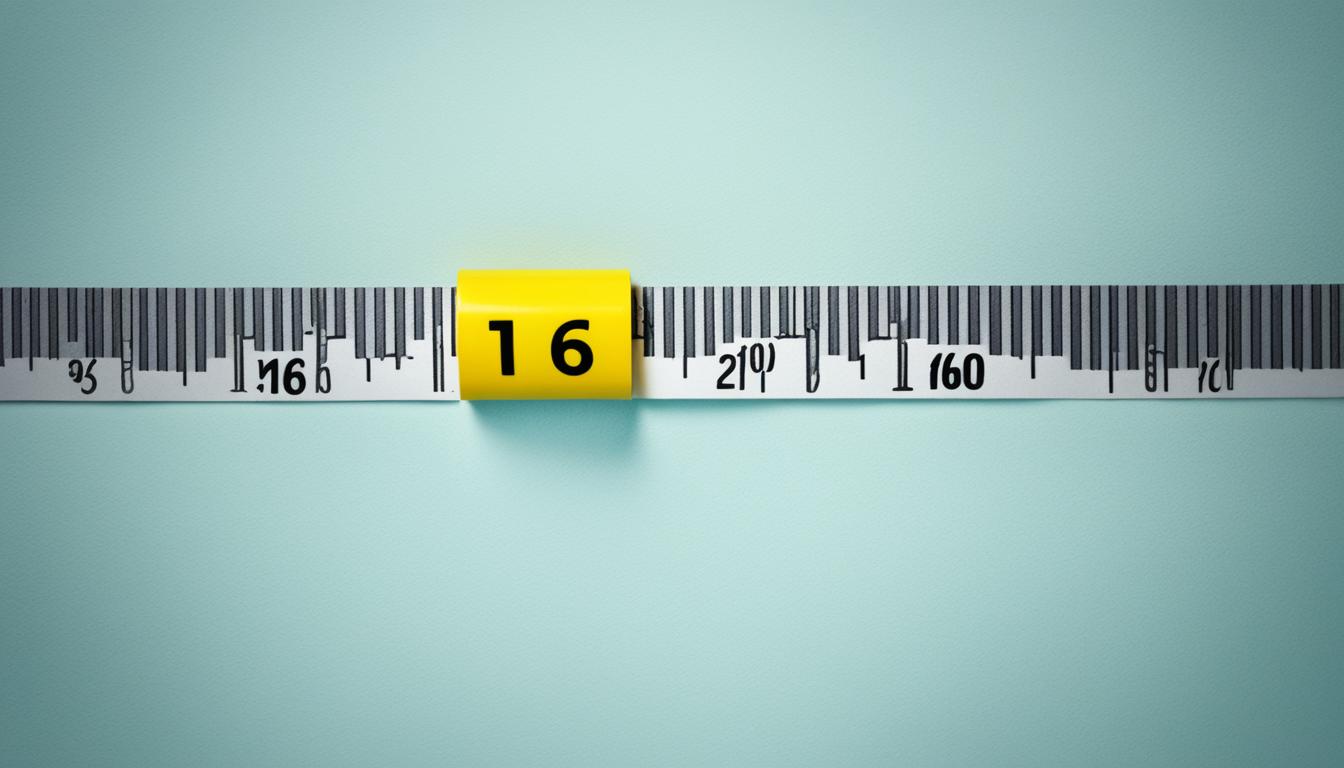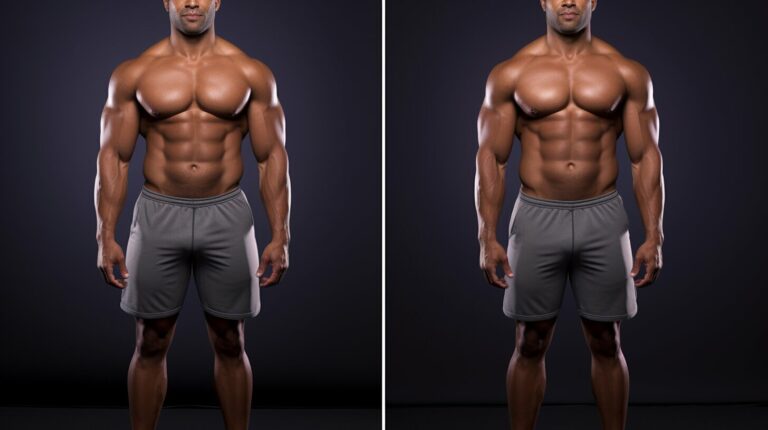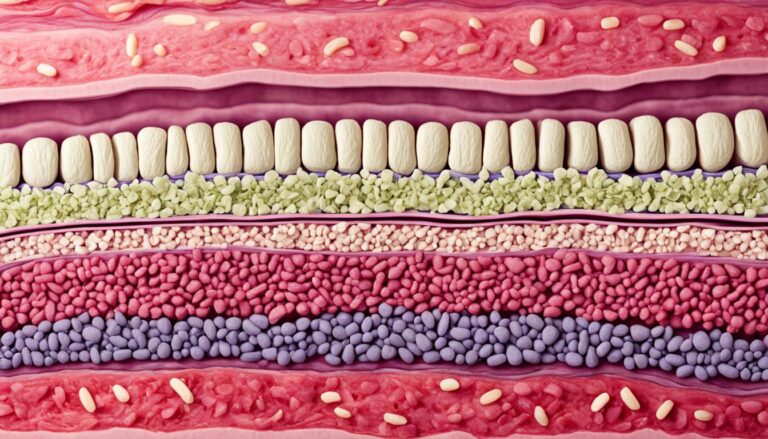What is Kibbe’s height limit in CM?
When it comes to the Kibbe system, understanding the height limitations is crucial. The Kibbe system, created by David Kibbe, categorizes individuals into different body types based on a combination of yin and yang elements. These body types include R (Romantic), TR (Theatrical Romantic), SG (Soft Gamine), FG (Flamboyant Gamine), and SC (Soft Classic). Each body type has specific recommendations to maintain a balance of yin and yang and enhance one’s natural features.
According to the Kibbe system, individuals in the R, TR, SG, FG, and SC body types have a height limit of approximately 5’5″ (or 5’6″ for SC). The reasoning behind this limit is that taller individuals tend to have a more prominent yang energy, making it challenging to achieve the desired balance of yin and yang. It is important to note that these height restrictions are not arbitrary but are based on the principles of the Kibbe system and the visual effects of height on body proportions.
It is essential to remember that the Kibbe system focuses on individual assessment rather than using celebrities or specific height measurements as standards. While celebrities can serve as style inspirations, their height and body type can significantly vary from the guidelines set by the Kibbe system. Therefore, it is best to use the Kibbe test and assessment to determine your own body type and style recommendations.
Key Takeaways:
- The Kibbe system categorizes individuals into different body types based on a balance of yin and yang elements.
- For R, TR, SG, FG, and SC body types, the height limit is around 5’5″ (or 5’6″ for SC).
- Kibbe’s height restrictions aim to maintain a balance of yin and yang and enhance natural features.
- Celebrities should not be used as data points for comparison in the Kibbe system.
- Individual assessment through the Kibbe test is key to determining your body type and style recommendations.
Height and Body Type for Soft Gamine
The Soft Gamine body type is a harmonious blend of both yin and yang, with slightly more emphasis on yin features. When it comes to height restrictions, Soft Gamines typically have a petite stature, with a recommended height under 5.5 feet. This body type is known for its soft and curvy physique, characterized by rounded features such as a curved bust line and hips.
Even when overweight, Soft Gamines tend to exhibit a rounded appearance, particularly in the bust and hip areas. It is essential to note that Soft Gamine does not require a tall stature to embody its essence. Instead, clothing choices should focus on highlighting rounded lines and feminine silhouettes that enhance the natural curves and softness of this body type.
Here is a complete table showcasing the distinguishing features of the Soft Gamine body type:
| Body Type | Height Range | Physical Attributes |
|---|---|---|
| Soft Gamine | Under 5.5 feet | Soft and curvy body with rounded features (curved bust line and hips) |
Clothing Lines for Soft Gamine
To complement the natural lines of a Soft Gamine, clothing choices should incorporate both yin and yang elements, with slightly more roundness. Opt for clear and rounded lines, such as ovals, circles, teardrops, and chunky swirls. The silhouette should be fitted, feminine, and small, with waist emphasis to add more yin to the appearance. Choose lightweight and crisp fabrics that have a slight drape and movement. When it comes to color and prints, go for vivid, rich, and intense shades played against each other, with sharp color contrasts. Finishes should be matte for a cohesive Soft Gamine look.
| Key Clothing Elements for Soft Gamine | Key Clothing Elements to Avoid |
|---|---|
|
|
When choosing clothing lines for Soft Gamine, keep in mind the balance between yin and yang. Incorporating rounded shapes and emphasizing the waist will enhance the soft and feminine nature of the body type. Lightweight fabrics with a slight drape will create movement and flattery. Bold and contrasting colors will add vibrancy. Remember to opt for finishes that are matte to maintain a cohesive Soft Gamine look.
Height Limit for Flamboyant Gamine
When it comes to Flamboyant Gamine, the Kibbe body type system states a height limit of 170 cm (5’7″). However, it’s important to note that most Flamboyant Gamine women are actually short. David Kibbe himself emphasizes breaking stereotypes in creating a style for Flamboyant Gamine. This body type is not limited to shorter individuals and can be embraced by anyone, regardless of height.
Instead of focusing solely on height, the key to achieving the Flamboyant Gamine style is to pay attention to the width of the clothes and the length and direction of lines. Vertical lines should be avoided, and instead, horizontal and diagonal lines are recommended to create the desired effect. The silhouette should be cut horizontally and diagonally, allowing for a more visually appealing outcome. Additionally, pants and sleeves can be shortened to further enhance the Flamboyant Gamine style.
By disregarding height restrictions and embracing the unique characteristics of this body type, Flamboyant Gamine individuals can break free from conventional fashion norms and create their own bold and distinctive style.
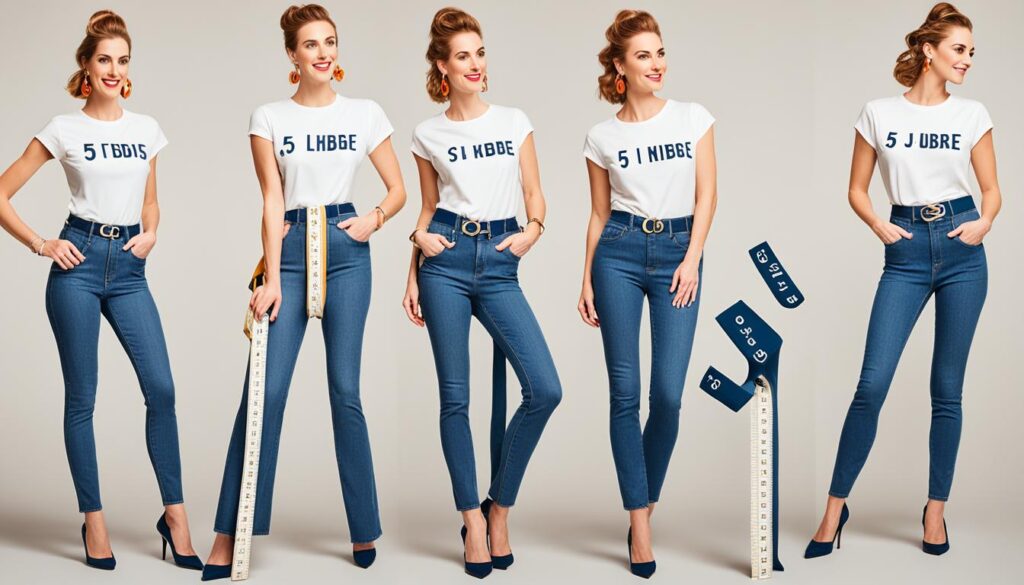
| Key Points | Actions |
|---|---|
| Flamboyant Gamine individuals can be of any height | Disregard height restrictions and embrace the body type’s characteristics |
| Avoid vertical lines | Opt for horizontal and diagonal lines instead |
| Focus on width of clothes | Experiment with different silhouettes |
| Shorten pants and sleeves | Add to the Flamboyant Gamine style |
Breaking Stereotypes with Flamboyant Gamine Style
“Flamboyant Gamine style is not about conforming to traditional height standards, but rather about embracing individuality and defying expectations.” – David Kibbe
Recommendations for Flamboyant Gamine Style
As a Flamboyant Gamine, you have the opportunity to play around with various style elements to create a look that is truly unique to you. To embody the essence of this body type, consider incorporating asymmetrical and tailored fits into your wardrobe. These elements are essential in achieving the Flamboyant Gamine style and highlighting your individuality.
To further enhance your fashion choices, draw inspiration from the iconic Flapper Style of the 1920s and 1930s. The bold and liberated nature of this era aligns perfectly with the Flamboyant Gamine aesthetic. However, it’s important to modernize the retro style to suit present-day trends and sensibilities.
When selecting garments, opt for cuts that feature horizontal and diagonal lines. Avoid middle-calf length dresses, as these may disrupt the overall balance of your figure. Instead, choose dresses and skirts that fall above or below the calf to maintain a harmonious silhouette.
Additionally, consider incorporating asymmetry into your outfits through asymmetrical hemlines, necklines, or sleeve lengths. This adds a touch of visual interest and reinforces the dynamic nature of the Flamboyant Gamine style.
When it comes to shoes, selecting heels can help elongate your legs and add an extra flair to your overall look. Choose styles that align with your personal taste and complement your outfit.
“The Flamboyant Gamine style celebrates individuality and breaks away from traditional fashion norms. Embrace the opportunity to showcase your unique personality through your clothing choices.”
Remember, the Flamboyant Gamine style is all about embracing your individuality and expressing yourself authentically. Don’t be afraid to experiment with different combinations and mix unconventional pieces to create your own signature look. Explore colors, patterns, and textures that speak to your personality and empower you.
Kibbe System and Individual Assessment
The Kibbe system puts a strong emphasis on individual assessment when determining one’s Image ID and body type. It recognizes that every person is unique and has different characteristics that should be taken into account when choosing clothing styles. Regardless of your country or ethnic background, your Image ID remains the same, as it is not relative to your surroundings but rather focuses on how your body needs to be accommodated in clothing.
Height is one of the factors that play a role in categorizing body types within the Kibbe system. By considering height along with other aspects such as bone structure, body proportions, and facial features, the Kibbe system aims to find a balance between yin and yang elements. The objective is to honor the natural features and shape of each individual’s body in order to create a harmonious and flattering appearance.
“The Kibbe system acknowledges that beauty comes in all shapes and sizes. It promotes the idea that everyone can look their best by understanding and embracing their unique qualities.”
During the individual assessment process, one’s body type is determined based on various physical attributes, including height, bone density, shoulder width, waistline, and overall body shape. These elements are taken into consideration to identify which of the thirteen Kibbe body types best aligns with the individual’s unique combination of characteristics.
By undergoing an individual assessment within the Kibbe system, individuals gain a better understanding of their body type and are able to make informed choices when it comes to selecting clothing styles, patterns, and cuts. This personalized approach empowers individuals to celebrate their beauty features and express their personal style confidently.
Summary of Kibbe Body Types and Beauty Features
| Kibbe Body Type | Height Limit | Beauty Features |
|---|---|---|
| Dramatic | No height limit | Strong, angular features |
| Natural | No height limit | Bone structure, earthy features |
| Soft Natural | No height limit | Rounded, soft features |
| Flamboyant Natural | No height limit | Bold, dramatic features |
| Gamine | No height limit | Small, elfin features |
| Romantic | No height limit | Soft, delicate features |
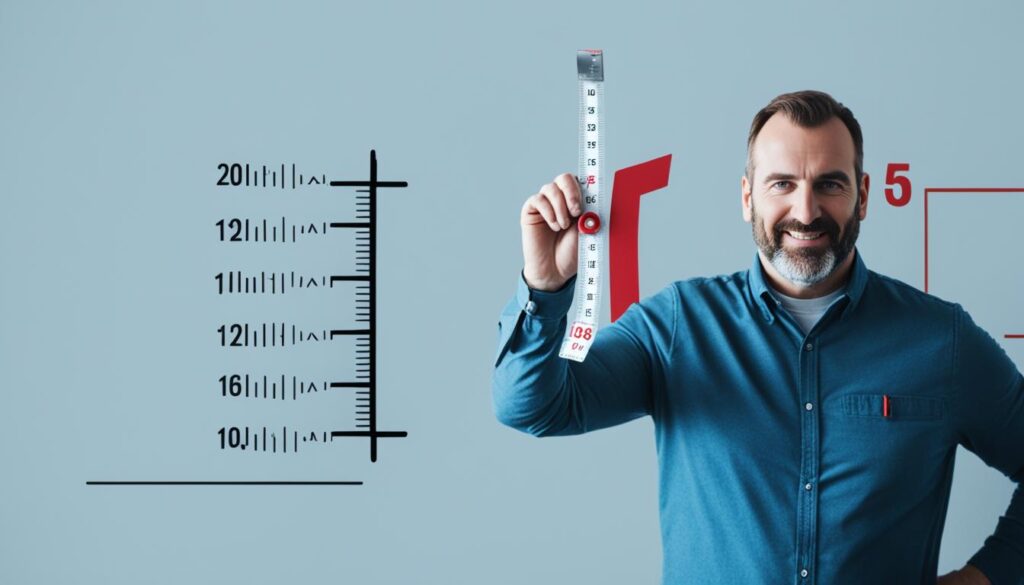
An individual assessment within the Kibbe system takes into account not just the height, but also a wide range of beauty features that contribute to an individual’s unique appearance. It recognizes that these features should be celebrated and accentuated through clothing choices that complement and harmonize with them. By embracing the Kibbe system’s principles of individual assessment, individuals can develop a style that showcases their unique beauty.
Understanding Yin and Yang in Kibbe System
The concept of yin and yang is at the core of the Kibbe system. Yin represents short and rounded features, while yang represents long and angular features. Achieving a balance between yin and yang is crucial in defining body types. Height also plays a significant role in maintaining this balance.
Each Image ID in the Kibbe system comes with specific height limitations to ensure the desired yin and yang balance. Understanding the basics of yin and yang is essential when considering the impact of height on body types in the Kibbe system.
“Yin represents short and rounded features, while yang represents long and angular features. Height plays a significant role in achieving this balance in body types.”
– David Kibbe
Conclusion
Understanding the height limitations in the Kibbe system is crucial for honing your style according to your body type. The Kibbe system takes into account the role of height in achieving the desired balance of yin and yang. Each body type has specific recommendations tailored to honor your natural features and shape. By embracing individual assessment, breaking stereotypes, and familiarizing yourself with the principles of yin and yang, you can navigate the Kibbe system to create a unique and personalized style.
Whether you fall under Soft Gamine, Flamboyant Gamine, or any other body type, the Kibbe system can offer valuable guidance in dressing harmoniously. It emphasizes that height is not the sole determining factor but rather a consideration in achieving the right balance for your body. Understanding your body’s proportions and choosing clothing lines, colors, and silhouettes that complement your unique features can help you unleash your style potential.
Remember, the true essence of the Kibbe system lies in celebrating individuality and embracing your natural beauty. It is not about conforming to societal expectations but about enhancing your authentic self through clothing and style choices. By incorporating the principles of the Kibbe system, you can confidently express your personality, highlight your best features, and create a style that is uniquely yours.
FAQ
What is Kibbe’s height limit in CM?
According to the Kibbe system, certain body types have height limitations. For R, TR, SG, FG, and SC, the height limit is around 5’5″ (or 5’6″ for SC). Taller individuals have more prominent yang, making it difficult to achieve the desired balance of yin and yang. It is important to note that these height limits are guidelines and that individual assessment is crucial in determining one’s Image ID.
What is the height limit for Soft Gamine?
Soft Gamine is a body type that is a combination of yin and yang, with slightly more yin features. The recommended height for Soft Gamine is under 5.5ft, usually very petite. This body type tends to have a soft and curvy body with rounded features, such as a curved bust line and hips.
What are the clothing lines recommended for Soft Gamine?
To complement the natural lines of a Soft Gamine, clothing choices should incorporate both yin and yang elements, with slightly more roundness. Opt for clear and rounded lines, such as ovals, circles, teardrops, and chunky swirls. The silhouette should be fitted, feminine, and small, with waist emphasis to add more yin to the appearance. Choose lightweight and crisp fabrics that have a slight drape and movement.
What is the height limit for Flamboyant Gamine?
While the height limit for Flamboyant Gamine is stated as 170 cm (5’7″), it is important to note that most Flamboyant Gamine women are short. David Kibbe emphasizes breaking stereotypes when it comes to creating a style for Flamboyant Gamine. This body type is not limited to short women, and the focus should be on the width of clothes and the length and direction of lines.
What are the recommendations for Flamboyant Gamine style?
Flamboyant Gamine women can experiment with different style elements to create their unique look. Asymmetrical and tailored fits are key to achieving the Flamboyant Gamine style. Consider incorporating elements of the 1920s and 1930s Flapper Style, which aligns with the bold and liberated nature of this body type. Choose clothes with horizontal and diagonal cuts, avoid mid-calf length dresses, and opt for heels to elongate the legs.
How does the Kibbe system determine body types and height?
The Kibbe system emphasizes individual assessment when determining one’s Image ID and body type. Height, along with other factors, plays a role in the categorization of body types. The objective is to find a balance between yin and yang and honor the natural features and shape of each individual’s body.
What is the importance of yin and yang in the Kibbe system?
The concept of yin and yang is central to the Kibbe system. Yin represents short and rounded features, while yang represents long and angular features. Height plays a significant role in achieving this balance in body types. Each Image ID has specific height limitations in order to maintain the desired balance of yin and yang.
Can celebrities be used as references for height limits in the Kibbe system?
No, celebrities should not be used as data points for comparison because their height and body type can significantly vary from the Kibbe system’s guidelines. The Kibbe system emphasizes individual assessment and honoring the natural features and shape of each individual’s body.
